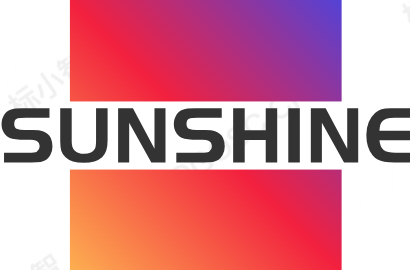Thai Decoration Craft Standards
The decoration process standards in Thailand combine local climate conditions, cultural habits, and international standards. The following are some key areas of process requirements and precautions:
—
### **1. Basic Engineering**
-Waterproof treatment:
-Wet areas such as bathrooms and balconies should use two-component polyurethane waterproof coating, with a wall waterproof height of ≥ 1.8 meters and a closed water test for at least 48 hours.
-In tropical rainy areas, it is recommended to add a waterproof mortar layer to the exterior walls to prevent leakage.
-Moisture proof treatment:
-Apply moisture-proof primer (such as epoxy resin) to the ground and walls, especially for low rise residential buildings.
-The wooden part requires the use of moisture-proof boards or wood that has undergone anti-corrosion treatment (such as teak or rubberwood).
—
### **2. Hydroelectric Engineering**
-* * Wire standard * *:
-Use Thai standard TIS 11-2533 or international IEC standard copper core wires (such as single core wires for 1.5-2.5mm ² lighting, 4mm ² sockets).
-The conduit must be flame-retardant (PVC or metal pipe), avoid right angle bending when buried, and reserve 30% space for heat dissipation.
-* * Water supply and drainage * *:
-PPR material (high temperature resistant) is recommended for water pipes, and insulation cotton should be wrapped around hot water pipes.
-Drainage slope ≥ 2%, floor drain needs to be designed with odor prevention (such as U-shaped trap).
—
### **3. Wall and floor**
-Tile laying:
-Use the thin adhesive method (adhesive thickness of 3-5mm), leaving a gap of 2-3mm (in tropical regions, it is recommended to have a wide gap to prevent expansion).
-Acceptance criteria: hollowing rate ≤ 5%, check the flatness with a level (error ≤ 2mm/2m).
-* * Coating construction * *:
-The putty layer should be water-resistant (such as Nippon or TOA brand), and the wall should have at least two bottoms and two sides.
-Exterior wall coatings need to be UV resistant and mold resistant (such as elastic coatings).
—
### **4. Woodworking and Customization**
-Cabinet technology:
-Suggest E1 level environmental protection standards for the board (such as PB board with wood veneer), and apply anti mold glue to the joints of the cabinet.
-Kitchen cabinets should be placed 10cm above the ground to prevent moisture, and artificial stone or quartz stone (thickness ≥ 2cm) is recommended for countertops.
-* * Ceiling * *:
-Light steel keel+fireproof gypsum board (calcium silicate board is used in damp areas), with elastic putty filled at the joints to prevent cracking.
—
### **5. Doors, windows, and ventilation**
-Installation of doors and windows:
-Aluminum alloy profiles with a thickness of ≥ 1.4mm are recommended, and double-layer hollow glass is recommended for insulation and sound insulation.
-Fill the gap between the door frame and the wall with foam adhesive, and apply weather resistant sealant to the outer opening.
-Ventilation Design:
-The bathroom needs to be equipped with an exhaust fan (air volume ≥ 100CFM), and it is recommended to add an external range hood in the kitchen.
—
### **6. Environmental Protection and Safety**
-Environmental friendliness of materials:
-The formaldehyde emission level must comply with the Thai TIS 876-2549 standard (E1 level ≤ 0.05ppm).
-The VOC content of the coating is ≤ 50g/L (such as the low VOC series of TOA brand in Thailand).
-Fire prevention requirements:
-The ceiling material needs to reach fire protection level B1, and the circuit needs to be equipped with residual current devices (RCBO).
—
### **7. Acceptance reference standards**
-Local regulations in Thailand: TISI (Thai Industrial Standards Institute) related standards.
-International references: ISO, IEC, or JIS (Japanese standards, due to the prevalence of Japanese style decoration in Thailand).
—
###* * Precautions**
-Climate adaptation: Avoid using easily deformable materials (such as solid wood flooring) and prioritize choosing ceramic tiles and composite flooring.
-* * Cultural habits * *: Thai people pay attention to natural ventilation and lighting, and avoid over closed design.
-* * Worker Habits * *: Thai workers may have rough handling of details and need to strengthen supervision (such as tile joints and edge finishing).
It is recommended to hire a decoration company certified by TAT (Thai Institute of Architects) and sign a contract with clear technical requirements.
This article is from a submission and does not representThailand Interior Decoration _ House Interior Decoration _ Decoration Design Company-Sunny Cottageposition,If reproduced, please indicate the source:https://www.decorationbydiana.com/21819/
